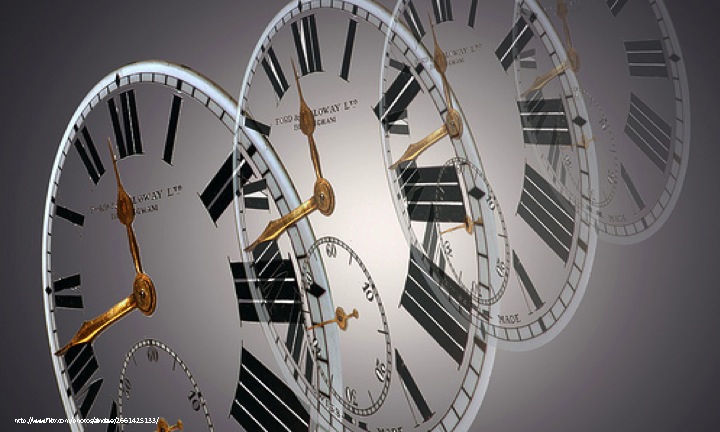| Today's Hours | Closed |
|---|
| Today's Hours | Closed |
|---|
Do us a favor: go to Google, type in "amusement parks," and look at the results. Go on, we'll wait here.

Done? Okay. You should get a real mix of stuff: links to major theme parks in the United States, news articles about theme parks, a Wikipedia article, and so on. That's already a lot of different types of information, and you've only checked in one place!
When we talk about different types of information, we need to consider both the content and the package.
Why does this matter? Why do you need to think about your information options before you start researching your topic?
Note: this tidy distinction becomes blurry as information moves online. A few examples:
This all leads us to the 2nd step of the research process: Select the right research tool.
Taking a minute to think about the content you need and the package it comes in will help you pick the right tools, not to mention save time. You'll learn more about selecting and finding the right package in 1E.
